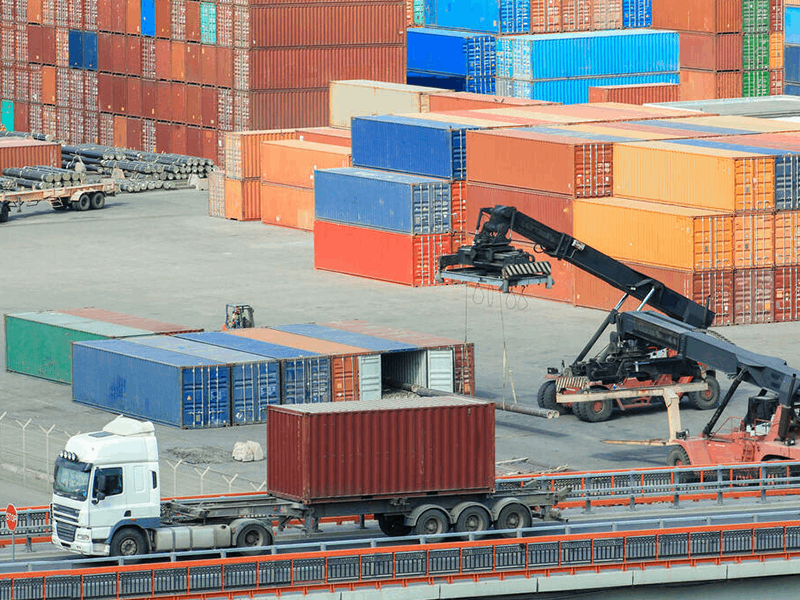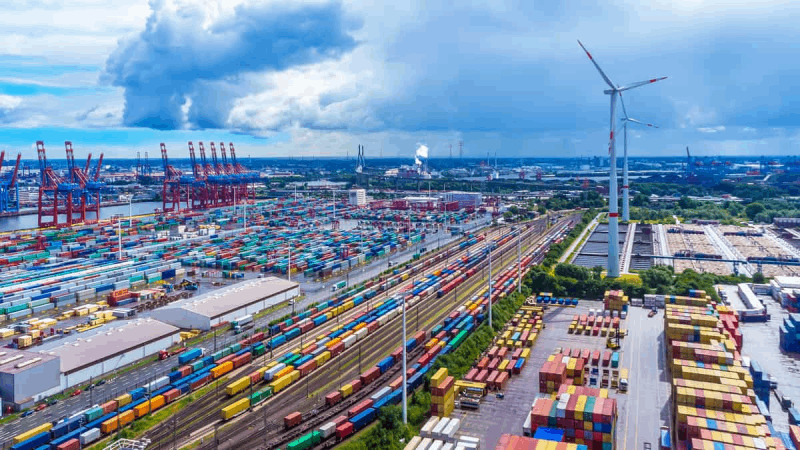Time:2021-10-08 Publisher:Kevin Num:6559

The global marine supply chain continues to deteriorate. As a result, port congestion is increasing, especially in the United States, which has the strongest demand for goods.
According to the data of the Southern California Maritime exchange, there are 157 ships in the port of Los Angeles, of which 92 are still waiting outside the port or at sea. This shows that the supply chain of the United States has been impacted by huge demand.
A large number of containers are stranded at the ports of Los Angeles and long beach. The two ports handle nearly 8.8 million imported containers, equivalent to 25% of U.S. imports.
Port congestion is not only related to the influx of containers, but also related to inland transport capacity.
Nowadays, the serious shortage of truck drivers and the scarcity of warehouse capacity will exacerbate port congestion.

On the other hand, the decline of liner reservation rate caused by port congestion is also a big problem.
Some retailers said that now there are enough goods available for sale in the United States, mainly because there is not enough inventory for turnover due to shipping delays.
It now takes about two and a half months to transport a container from a factory in Asia to North America, a month longer than before the epidemic.
The CEO of sea intelligence said that the scheduled rate in August was about 30 percentage points lower than that in the same period last year. The average time of ship delay increased to 7.6 days.
Among them, the most seriously affected is the Asia Europe route, with a delay of up to one month. The second was the trans Pacific flight, which was delayed by 22 days.
Maersk, the world's largest shipping company, said that in the face of the growing import demand, the congestion of the supply chain will lead to the decline of the service level, resulting in the continuous decline of the punctuality rate.
It is expected that this strong demand for goods will continue until the end of this year. With the arrival of a large number of festivals, the market will have a seasonal upsurge.
However, port congestion in North America will cause a lot of capacity losses, and it is expected that the shipping space will continue to be tight in the fourth quarter.



